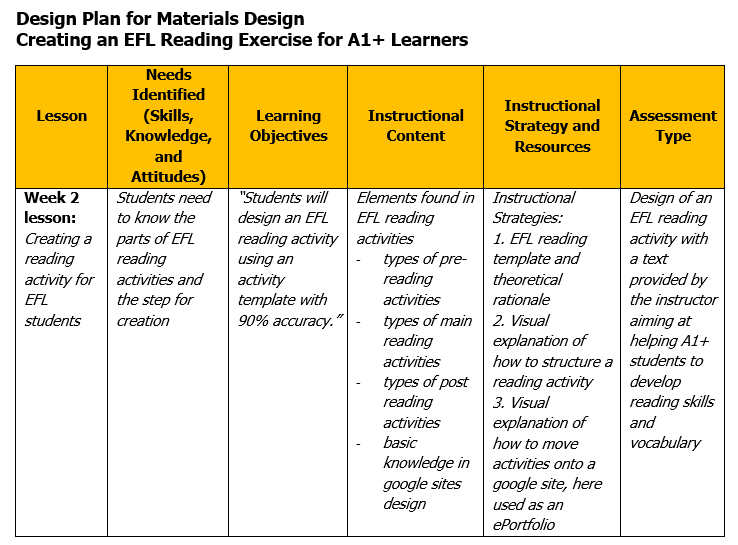An Instructional Resource Prototype
By Prof.
Jonathan Acuña Solano
Thursday,
April 30, 2015
Twitter:
@jonacuso
Post 158
Antecedents
·
Instructional resources can be costly in time
and effort to develop. Creating rough drafts or prototypes of instructional
resources will help any teacher or instructor evaluate and revise the resources
before one commits the time and effort to make a final version that can be used
as part of a current or future course.
·
In addition, a prototype allows us to review
and revise our own resources, making sure each single resource is supporting
the desired learning objectives and goals of the course one gets to be teaching.
·
In this Assignment, from the instructor’s
point of view, I want to show how I developed a prototype for one instructional
resource from my Action Plan (which is posted right here by as Blog Post #157)
and that is reproduced too at the end.
·
I wanted to analyze how that resource
supported my learning objectives for the online course I was –at that point-
developing. This can give you a rough idea of how the ADDIE model for producing
instructional material.
·
Then, I explored how to mitigate
implementation challenges that could arise for my instructional resource.
The
Actual Plan
In
my action plan for my Materials Design course at the university level, it was
indeed essential to visually provide learners with some sort of aid for them to
build their own reading activities for their current or future EFL/ESL
students. As someone who constantly browses the web to try to spot new material
and media to be used in my courses, it is often difficult to find what I would
simply call tailor-made ones. So, when there is no such a thing still available
on the web, it is our instructor’s task to create it to give to our students
for the understanding of the subject-matter and for them to accomplish the
learning outcome of a unit, week, or module in our course outline and program.
In
my action plan, I highlighted an instructional resource I do not think it
really exists. It is highlighted in red, and included here as well:
Instructional Resource
|
Video or slideshow to display how a reading activity is
designed
|
What
would a prototype media look like to help students understand how a reading activity
for language learners is designed?
If
asked about the challenges in regards to this piece on instructional resource,
I must admit that it has to do with the students’ reaction towards it. Its
success can only be measured if the learning outcomes are produced, and
depending on how well it is achieved, then we can say that is good. If not, we
need to start over again with the analysis, based on the ADDIE model, to
mitigate the misleading impact it can produce.
Doing
something like this is indeed a challenge.
Concluding
Remarks
Basically what we have here is an
attempt to help oneself find the suitable steps to create instructional pieces
that can facilitate student knowledge acquisition. As soon as learners have
gotten the information required, the next step is to find (a) way(s) to help
them develop their skills, so they can visualize how this skills can actually
become a competence they can exercise at work. By means of this, we have indeed
helped students learn something deeply.
Thursday, April 30, 2015



















